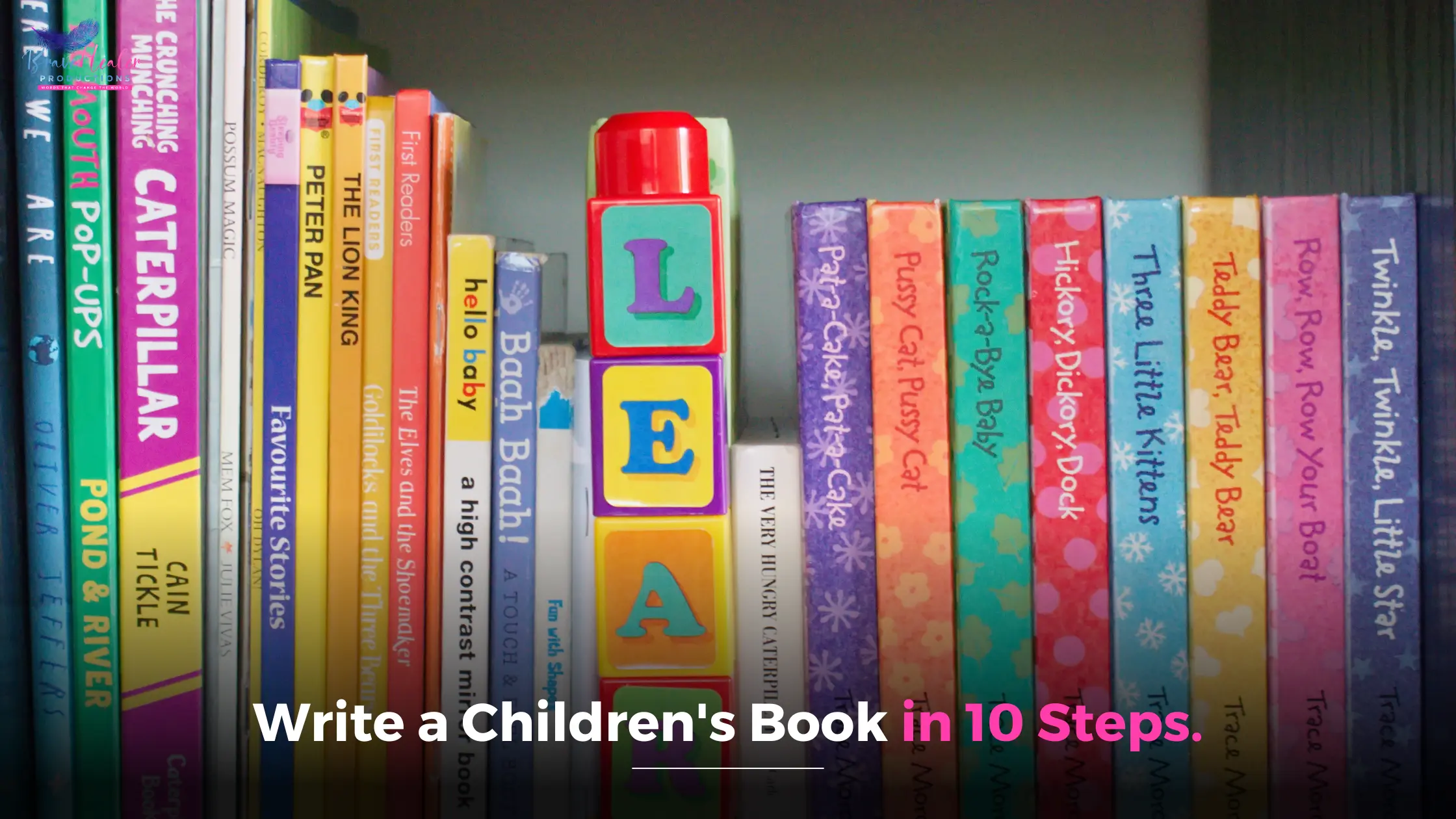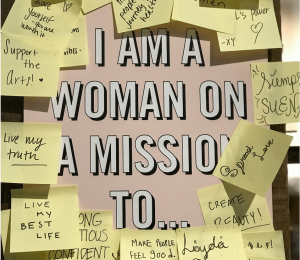You have this beautiful idea, a message you want to share with little readers, but figuring out how to write a children’s book can seem overwhelming.
Many think creating a children’s book is simple—it’s just a few pages with big pictures, right? But let me tell you, you’re creating something special not just for kids but also for their parents.
You might be wondering where to begin, how to keep kids engaged, or how to balance creativity with simplicity. And let’s not forget about the illustrations – a crucial part of the magic. It’s a lot!
Writing a children’s book means taking kids on exciting adventures, introducing characters they’ll love, and shaping their young minds. It’s a rewarding creative process that requires skill and dedication to craft stories that truly capture their imagination.
I know the journey can be filled with excitement, creativity, and a few challenges along the way. In this blog, I’ll walk you through 8 easy steps to write a children’s book in 2024 that will have your young readers captivated from the first page.
Are you ready? Let’s get started!
How to Write a Children’s Book: A Simple Step-by-Step Guide
So, how do you write a children’s book that keeps your young readers hooked?
Here’s a breakdown of ten essential steps to guide you:
- Identify the right age group
- Generate a viable idea
- Develop your concept into a story
- Craft relatable characters
- Maintain an engaging and dynamic plot
- Incorporate memorable phrases
- Visualize your narrative
- Create an appealing title
- Revise and polish your manuscript
- Collaborate with editors and illustrators
Let’s dig into these tips for writing books for kids:
#Step 1: Identify the Right Age Group
Let’s start by understanding your audience. Children’s books cover a wide spectrum, from board books for toddlers to young adult novels. Each age group has its preferences and developmental stages, so pinpointing your target readership is crucial. This not only shapes your story but also guides how you’ll market your book effectively.
The different age categories and the types of books that can suit them:
- Ages 0-4: Board books
- Ages 2-5: Early picture books
- Ages 4-8: Activity and novelty books
- Ages 5-8: Early reader fiction
- Ages 6-9: Chapter books
- Ages 8-12: Middle grade books
- Ages 12-18: Young adult books
#Step 2: Find an Idea That Will Work
Next up, where do you find that perfect idea? It’s all about observing—spend time with kids in bookstores or libraries. What makes their eyes light up? What stories do they gravitate towards? Your idea should be not just engaging but also relatable and unique, something that sparks curiosity and stays with young readers long after they’ve put the book down.
For example, “Where the Wild Things Are” by Maurice Sendak is both engaging and unique, with a theme that resonates with children.
#Step 3: Develop Your Idea into a Story
Now, onto crafting your story. Begin with a hook—a captivating opening that draws children into your world. Keep it lively and dynamic, with a pace that keeps them turning pages. Test your story by reading it aloud—does it hold your attention? If it does, chances are it’ll grab theirs too.
Consider “Charlotte’s Web” by E.B. White. The story starts with an engaging hook and maintains a dynamic pace throughout.
#Step 4: Create Kid-Friendly Characters
Characters are the heart of any children’s book. Make them memorable—think traits that resonate with your audience and arcs that teach valuable lessons. Whether it’s a brave adventurer or a mischievous sidekick, ensure they grow and evolve throughout the story, inspiring young readers along the way.
Look at “Harry Potter” by J.K. Rowling. Harry and his friends are relatable and memorable characters who grow with each book.
# Step 5: Keep the Story Fast-Paced and Exciting
Kids love action! Keep your narrative brisk with short sentences and dramatic subplots that keep them on the edge of their seats. Avoid unnecessary details—every word should serve to propel the story forward and maintain that irresistible momentum.
“Percy Jackson and the Olympians” by Rick Riordan is a great example of a fast-paced, exciting story.
# Step 6: Create Catchphrases
Ever noticed how a catchy phrase can stick with you? Give your characters memorable lines that become their trademark. These not only add personality but also make your story more memorable and fun to read aloud.
Think about “The Cat in the Hat” by Dr. Seuss, which is full of memorable phrases.
# Step 7: Think Graphically
Visuals are key in children’s books. While writing, visualize how illustrations can enhance your narrative. Describe scenes vividly but leave room for the illustrator to work their magic. Remember, images should complement your words, not replace them.
“Where the Sidewalk Ends” by Shel Silverstein uses illustrations to enhance its poetic stories effectively.
# Step 8: Add an Attractive Title
Your title is your book’s first impression. Make it intriguing and reflective of the adventure within. A well-chosen title sets the tone and invites children into a world of wonder and excitement.
“Goodnight Moon” by Margaret Wise Brown has an inviting and soothing title perfect for its content.
# Step 9: Revise the Draft
Writing is rewriting! Polish your draft—check for plot holes, refine dialogue, and ensure your story flows smoothly. Seek feedback from trusted sources to gain fresh perspectives and improve your manuscript before moving forward.
How many revisions J.K. Rowling went through for “Harry Potter and the Philosopher’s Stone” before it became the book we love today.
# Step 10: Look for Editors and Illustrators
Finally, assemble your dream team—a skilled editor to refine your prose and an illustrator who brings your vision to life. Choose professionals experienced in children’s literature to ensure your book meets industry standards and delights young readers.
Remember, a great example is how “The Tale of Peter Rabbit” by Beatrix Potter came to life with her own illustrations, making it a classic.
Wrapping Up
And there you have it—your easy guide to writing a children’s book! Remember, creating a children’s book is all about tapping into your creativity and letting your imagination take flight. Enjoy every step of the journey, because crafting stories that inspire and enchant young minds is a truly magical experience.
Got a short story idea buzzing in your mind? Submit it for our next Brave Kids collaboration, and let us help you transform your vision into a stunning children’s book that kids will cherish.
We’re here to support you every step of the way—from writing and designing to publishing, launching, and promoting your book.
Have questions or need more guidance? Reach out to us at support@www.lauradifranco.com. We can’t wait to hear from you and start this exciting adventure together!








